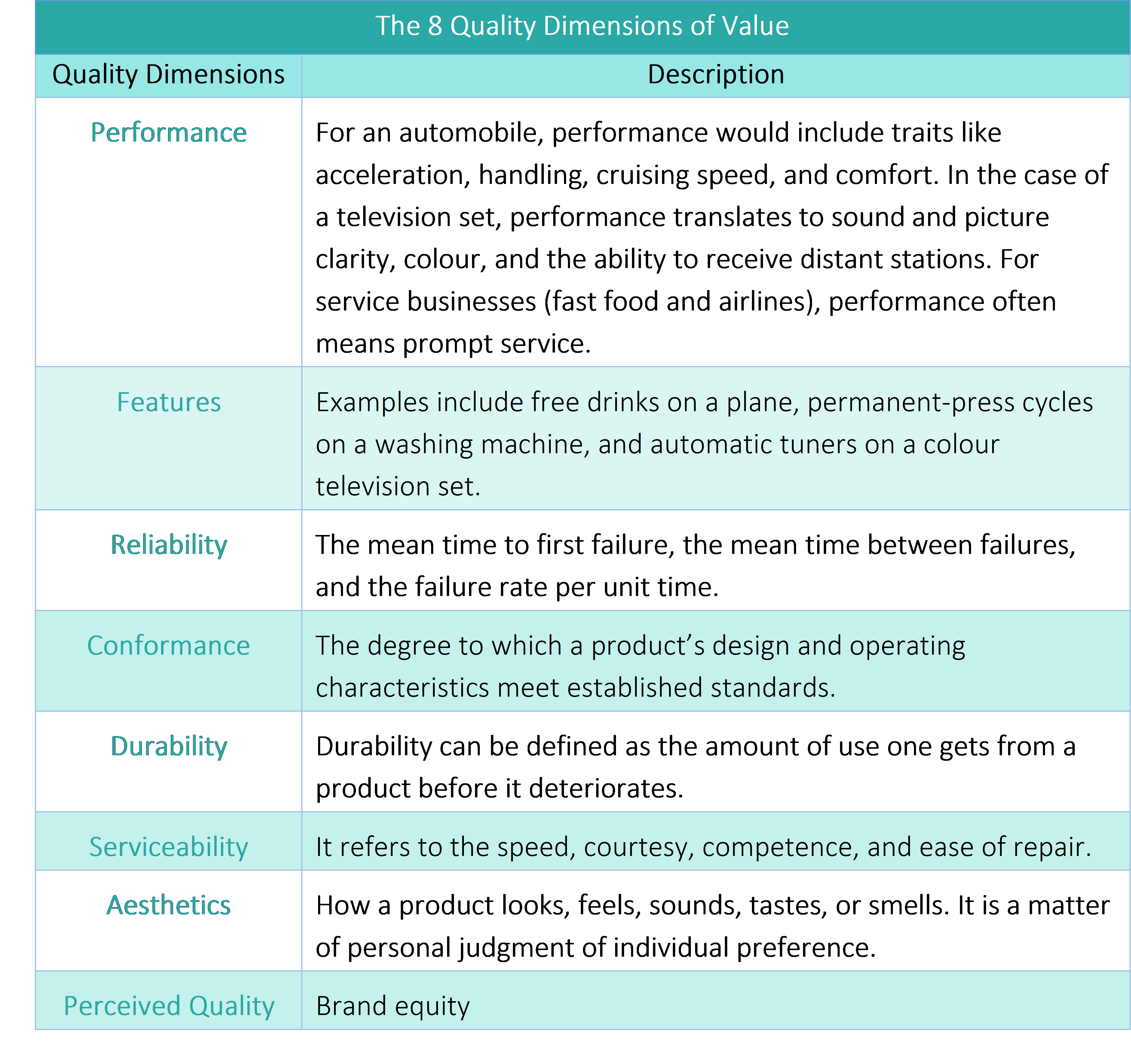Without having a strong grasp of Lean principles such as ‘value’, there is no point in striving for organizational excellence. It paves the path for effective Lean implementation.
There are 5 interconnected Lean principles. Specifically, these are value, value stream, flow, pull, and perfection. Here’s a brief explanation of what you should know:
✓ Define ‘value’ in your work from your customer’s point of view.
✓ Map the value stream. It is a series of steps that convert the input to output.
✓ In this map, identify the barriers to flow. Identify and act to remove them. Above all, strive to fulfil customer demand.
✓ Produce to customer ‘pull’ (demand), on time, every time, and just in time.
✓ Strive to achieve perfection. Therefore, identify and eliminate NVA every day.

Figure 1 – Principles of Lean
Lean Principle 1: Value
Always remember: What is the customer looking for? They are the ones who define ‘value’ in our product or service.
Let us understand what this Lean principle refers to. Value is what customers look for in our product or service. Hence, our job is to deliver that to them. Moreover, customers want on-time delivery of the best quality products at the best price. Therefore, broadly speaking, customers have 3 needs:
• Delivery
• Quality
• Cost
Furthermore, branching out from the ‘quality’ need, there are 8 quality dimensions. These determine value. They are:

3 Criteria of ‘Value-Added’ Activities
This is a crucial section to gain insight into the importance of Lean principles. There are 3 criteria to qualify a step, task, or activity as being ‘value-added’:
– Firstly, it should result in the transformation of ‘work’ under consideration.
– Secondly, it should be done right the first time.
– Thirdly, and most importantly, the customer must be willing to pay for this step.
So, how should you define it?
 1. Don’t just assume its meaning! Hence, ask the customer what value is to them.
1. Don’t just assume its meaning! Hence, ask the customer what value is to them.
2. Wear the customer’s lens. As a result, look at every process step from their viewpoint.
3. Strictly adhere to these 3 key considerations:
- Firstly, the step should be a transformation in shape or property.
- Secondly, it should be done right the first time.
- Thirdly, and above all, customers should be willing to pay for this step. Regarding this point, company owners usually ask me, “Don’t we get paid by the customer for everything we do?”.
To shed light on the idea behind this, here’s my reply: “Well, you do get paid for everything eventually. However, let’s say you submit your bill as (a) Cost for value-added time = $, and (b) Cost for non value-added time = $. Will the customer pay for (b)? If the customer is unwilling to pay, it is NVA!”
In conclusion, this first Lean principle is crucial to the implementation of Lean in an organization. However, your journey to understanding Lean principles doesn’t end here! Make sure to check out the 2nd, 3rd, 4th, and final steps to ensure that your organization can engage in effective Lean implementation.
